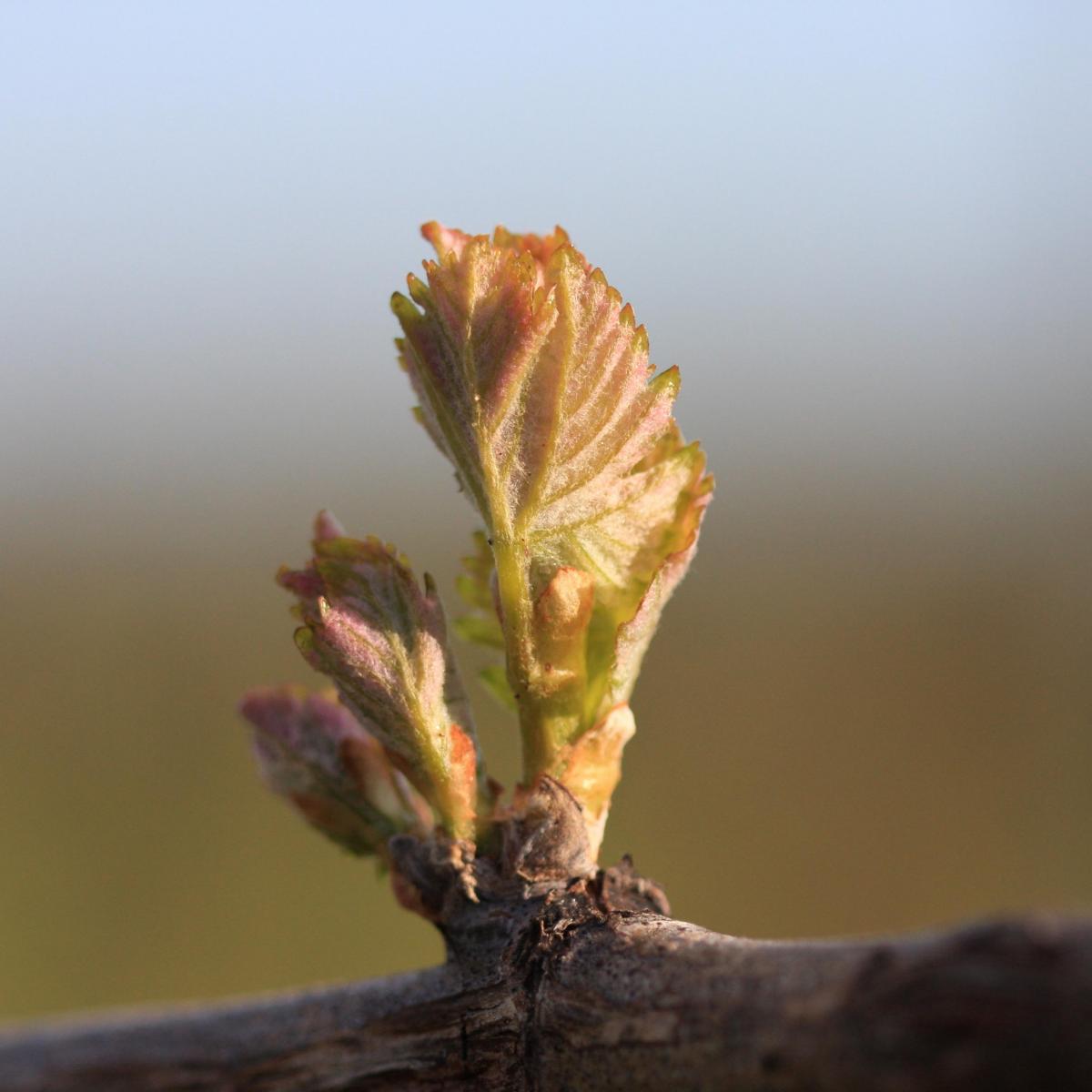Maintenance of the vine to prepare for the new plant cycle
The end of March marks the beginning of spring, and also the development of the buds, it is the time for maintenance of the trellis, the start of tillage and the application of fertilizer before the vine starts to grow and bud. We will explain everything.__________

Maintenance of trellis and tillage
Depending on the chosen pruning method, trellising consists of guiding the vine vertically on a structure by attaching its twigs using ties to control the growth of the vine and eventually the quality of the grapes (by improving exposure of the bunches to the sun and increasing the efficiency of photosynthesis). This is a fundamental operation because it promotes optimal ripening of the grapes. This technique also aims to reduce any phytosanitary risks, e.g. fungus treatment that will be more effective thanks to better penetration of the product into the leaves. Trellising also facilitates circulation for Vinovalie winemakers and their agricultural equipment between the ranks. With the nice weather coming back, and if the rain has not made the ground impassable, the vine growers work the soil to ventilate it, to feed it with fertilizers and to clear it of weeds.
Start of work on the growing vines
This type of work is done during the growing season. It begins with disbudding and suckering, then cropping and topping, and ends with the green harvest. Disbudding consists in removing all non-fruiting branches (known as “greedy branches") that grow on the head of the stump, and counter-buds (called “double buds") which grow from the same point of insertion as another branch. We also talk about suckering the core. This is also a manual operation that is done in several stages and relies on the judgement of the winemaker.
This action is often combined with suckering on the trunk of the stump, which consists of removing all shoots ("vine leaves") that have started to grow on the base of the vine.
Eliminating these unwanted twigs will then limit competition and control the development of the bunches in terms of quantity and quality. It is also a way for the vine grower to prepare for pruning by leaving vines of interest to form a new spurs, for example.
